-
Membership
Membership
Anyone with an interest in the history of the built environment is welcome to join the Society of Architectural Historians -
Conferences
Conferences
SAH Annual International Conferences bring members together for scholarly exchange and networking -
Publications
Publications
Through print and digital publications, SAH documents the history of the built environment and disseminates scholarship -
Programs
Programs
SAH promotes meaningful engagement with the history of the built environment through its programsMember Programs
-
Jobs & Opportunities
Jobs & Opportunities
SAH provides resources, fellowships, and grants to help further your career and professional life -
Support
Support
We invite you to support the educational mission of SAH by making a gift, becoming a member, or volunteering -
About
About
SAH promotes the study, interpretation, and conservation of the built environment worldwide for the benefit of all
SAHARA Highlights: Montréal
Mar 20, 2023
by
SAHARA Co-Editors Jacqueline Spafford and Mark Hinchman
This month we sample the architectural treasures of Montréal, the site of the SAH 2023 Annual International Conference in April. Even if you have never visited Montréal, you are likely familiar with the iconic Expo 67 structures such as Habitat and the American pavilion (while few Expo 67 structures still stand in Montréal, some live on in new locations). Montréal is also rich in other mid-century, cutting-edge design, as well as exceptional examples of Victorian, Richardsonian Romanesque, and Neoclassical architecture. There are also residential styles unique to the city, and many vernacular buildings and complexes, especially in the outskirts of the city.
If you are planning to attend SAH 2023, you can visit many of the sites below on the organized tours, as well as on your own walks and travels. Please remember to take photos, and contribute to the SAHARA collection afterward!
To see more SAHARA content: sahara.artstor.org/#/login
To learn more about contributing, visit: sah.org/sahara

Buckminster Fuller, The Biosphere, Montréal, Quebec, 1967. The Biosphere was the United States Pavilion at Expo 67, and is one of the few buildings that remain. It is now an environmental museum, and the Expo 67 site has been renamed Parc Jean-Drapeau, after the Montréal Mayor who introduced Expo 67 to the world. Photograph by Jenan Ghazal, 2019.
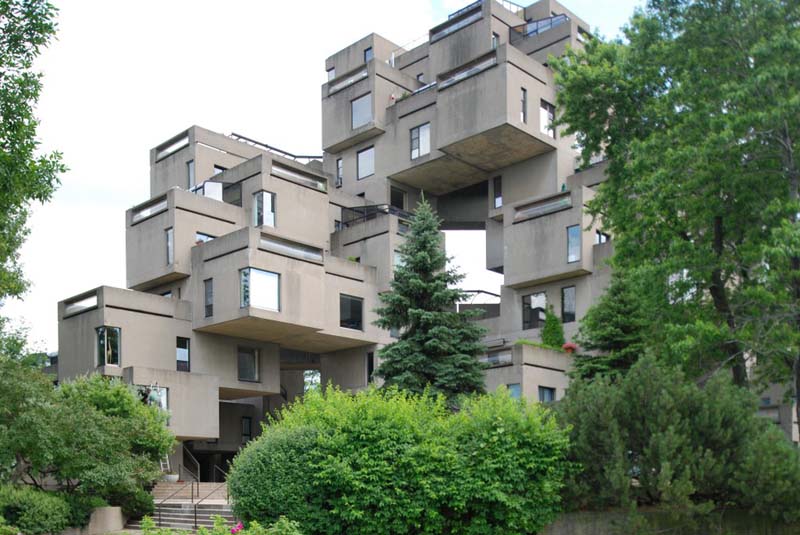
Moshe Safdie, Habitat 67, Montréal, Quebec, 1967. Perhaps the most recognizable structure from Expo 67, Habitat 67 looked at multi-unit housing in a radical new way. Safdie was only 25 when he was offered the commission—a recent graduate of McGill University, he was paid $10,000 for the project. Photograph by Charles Rice, 2008.
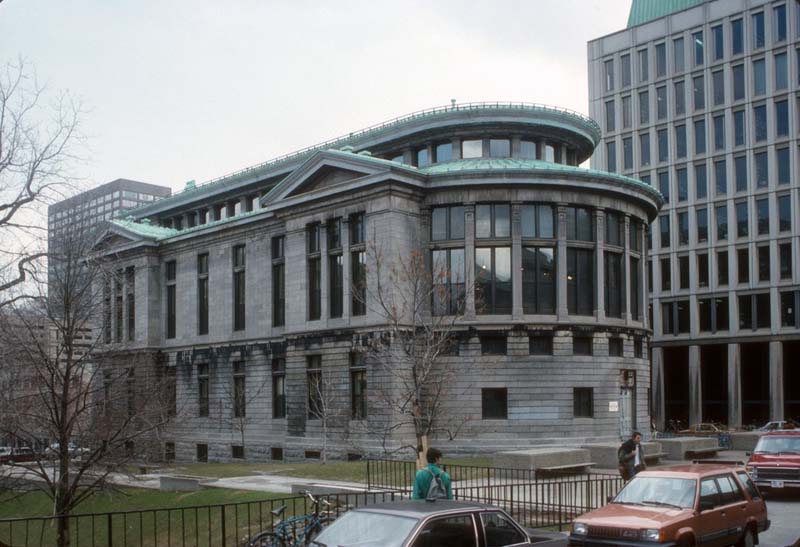
Hutchison & Steele Architects, the Redpath Museum, McGill University, Montréal, Quebec, 1882. The first building in Canada built as a museum, it was commissioned to house the collections of Victorian naturalist Sir William Dawson, and has continuously served as a teaching venue for the Faculty of Science at McGill. Photograph by Dell Upton, 1989.
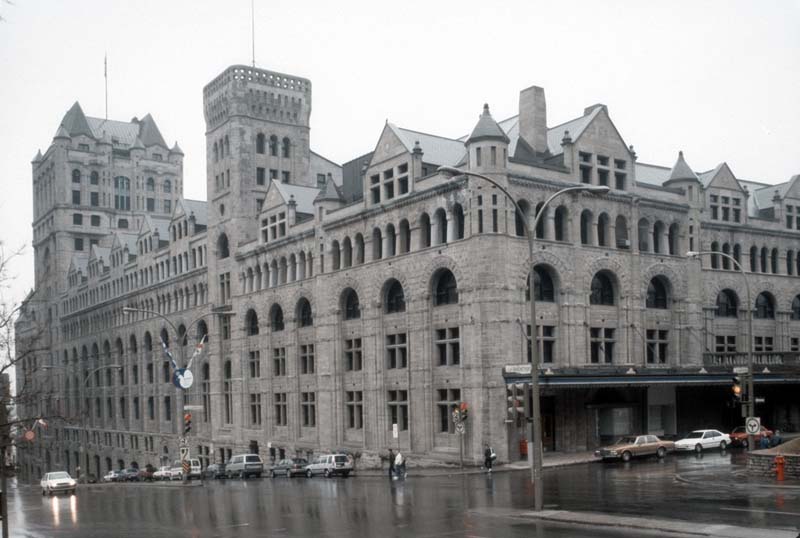
Bruce Price, Windsor Street Station / Gare Windsor, Montréal, Quebec, 1887–1916. This Richardsonian Romanesque structure first operated as a train station in 1889 and was threatened with demolition in 1970; it is now designated a National Historic Site of Canada. It is no longer connected to the rail network and has been redeveloped as offices and restaurants. Photograph by Dell Upton, 1989.
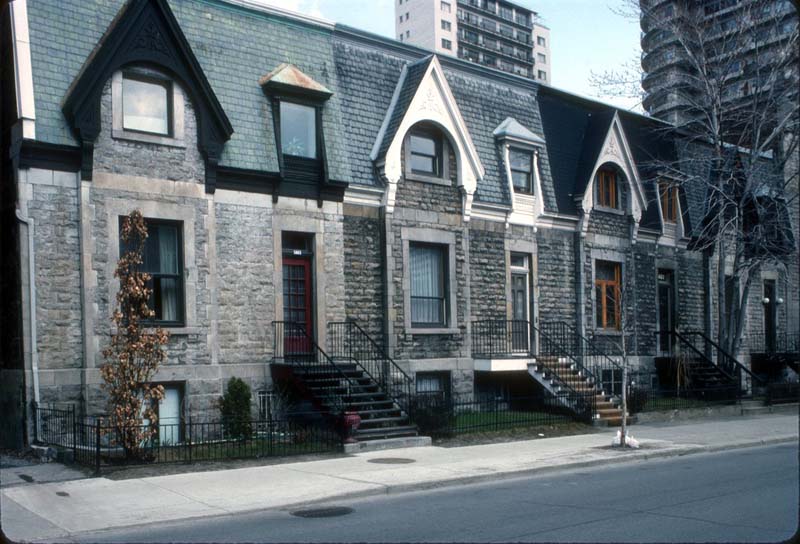
Granite row houses, Montréal, Quebec, ca. 1860–1890. Row housing is very common in Montréal; examples from various decades can be found in most neighborhoods. Photograph by Dell Upton, 1989.
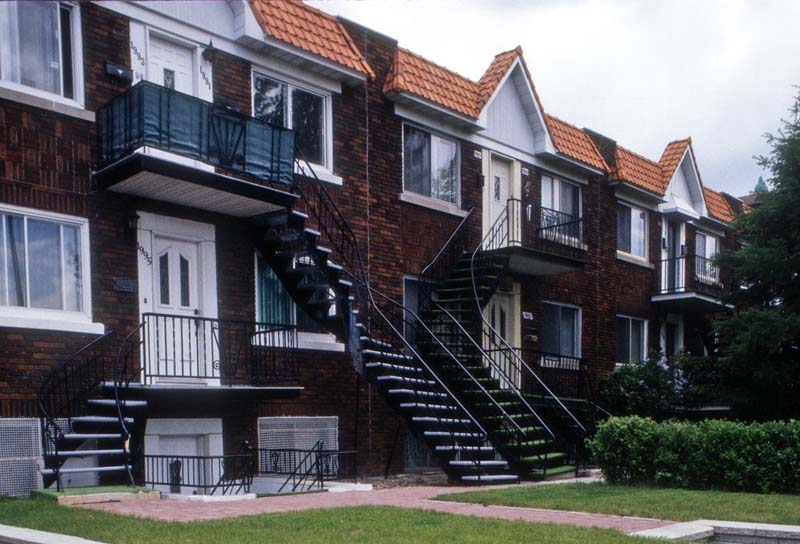
Triplex apartments, Montréal, Quebec, ca. 1920–1940. These two- or three-story buildings with exterior staircases are characteristic of Montréal. Photograph by Dell Upton, 1995.
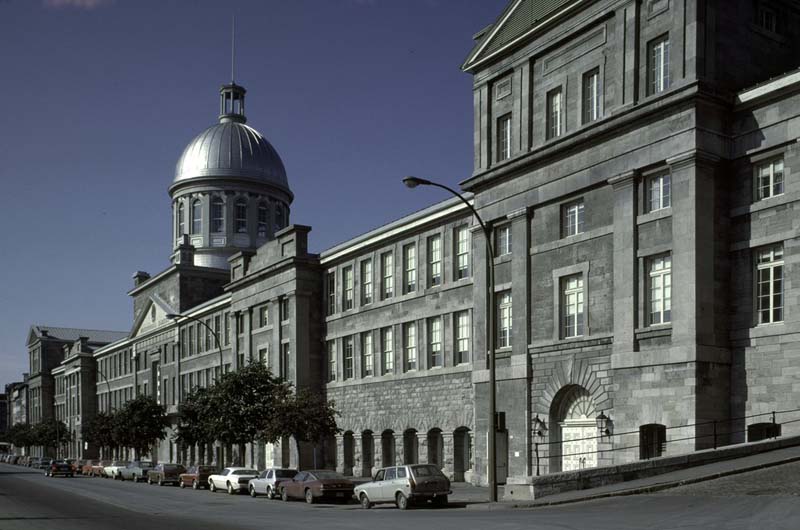
William Footner and George Browne, Marché Bonsecours, Montréal, Quebec, 1844–1847. The city’s main agricultural market for over 100 years, it still serves as a marketplace as well as housing cafes, event venues, and exhibition spaces. Photograph by Richard Longstreth.
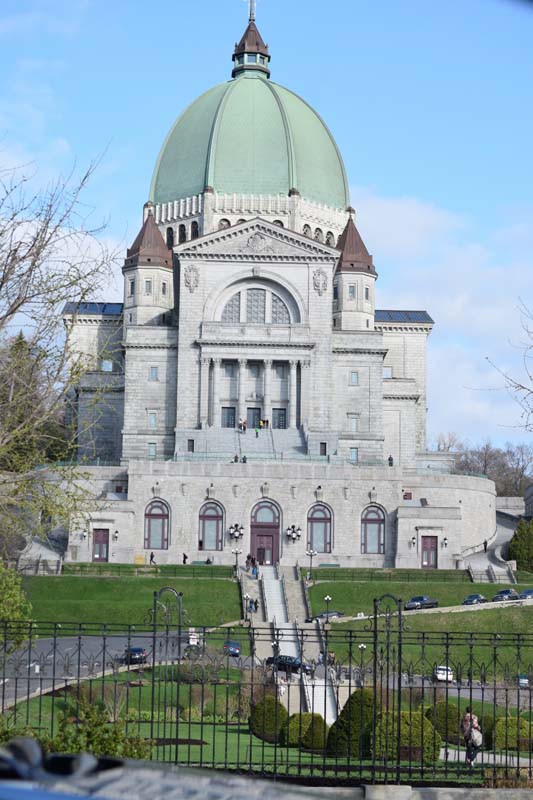
Dalbé Viau and Alphonse Venne, Saint Joseph’s Oratory of Mount Royal, Montréal, Quebec, 1914–1966. Visible from anywhere in the city, the Basilica on Mount Royal is Canada’s largest church. Photograph by Jenan Ghazal, 2019.
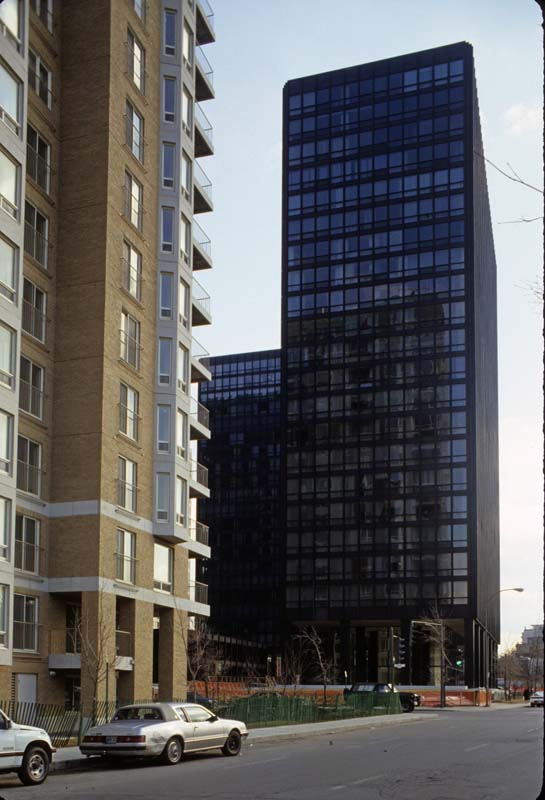
Ludwig Mies van der Rohe, with Greenspoon, Freedlander and Plachta & Kryton, Westmount Square, Montréal, Quebec, 1964–1967. This office and residential building complex was one of the additions to the city in the 1960s which put it on the Modernist map. Photograph by Dell Upton, 1989.


